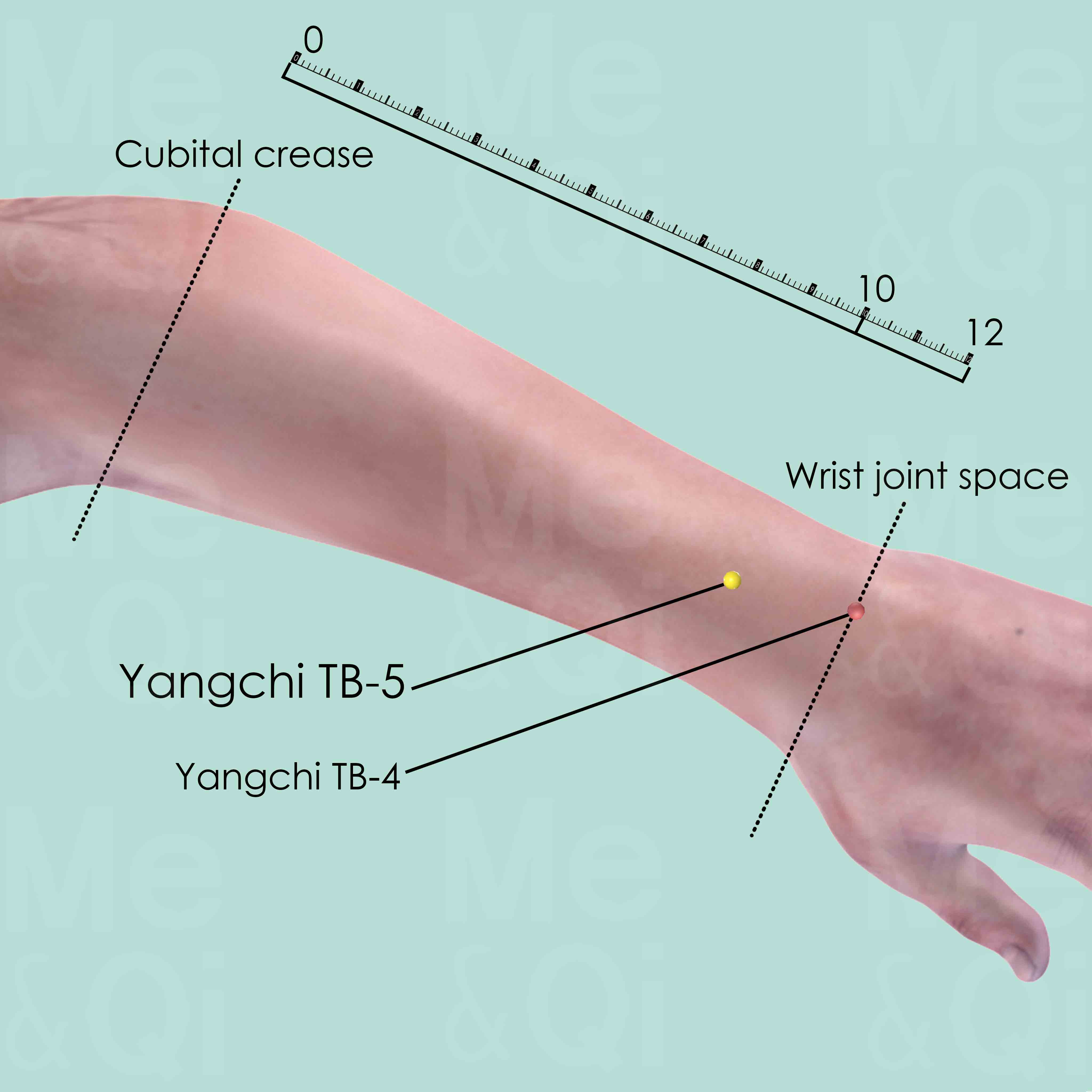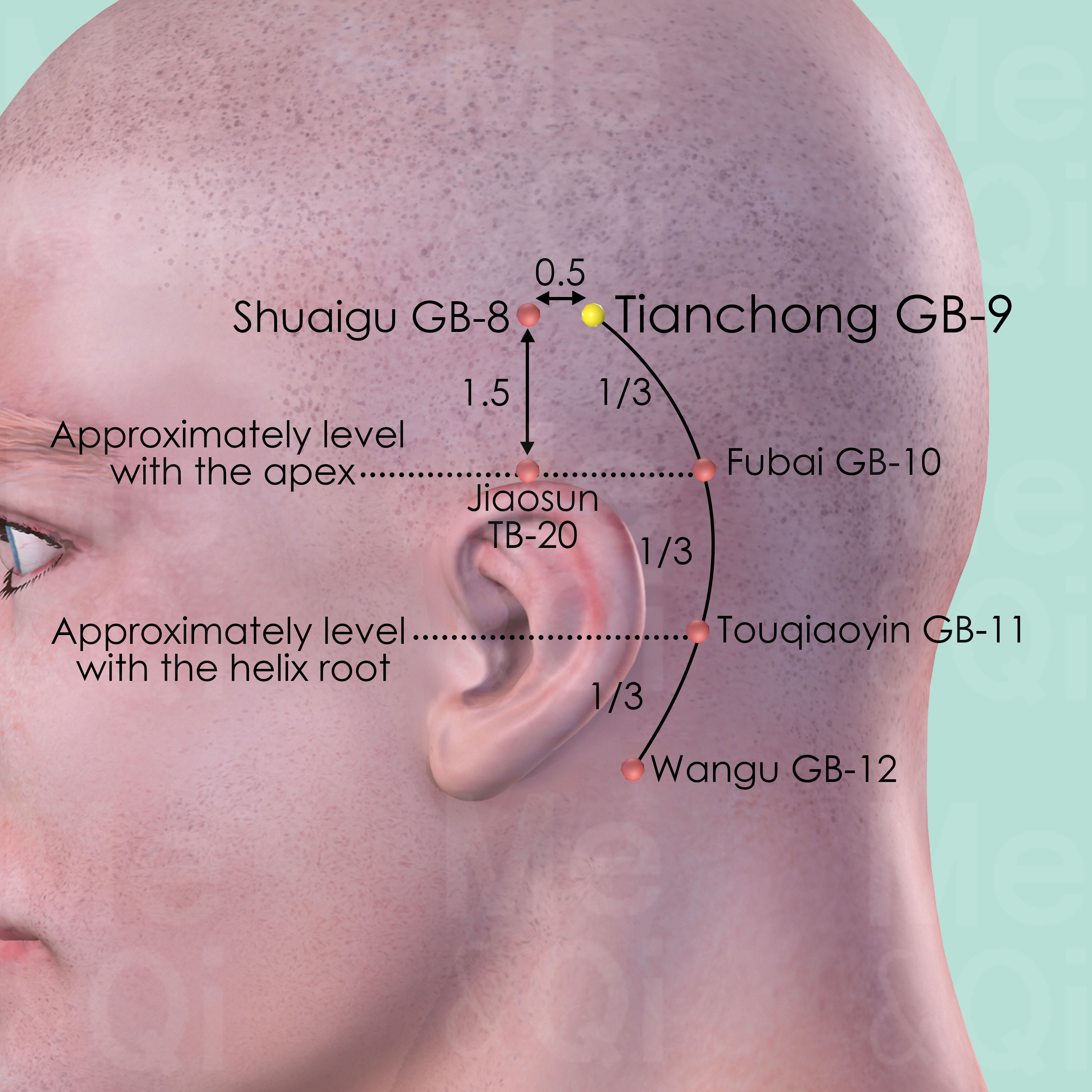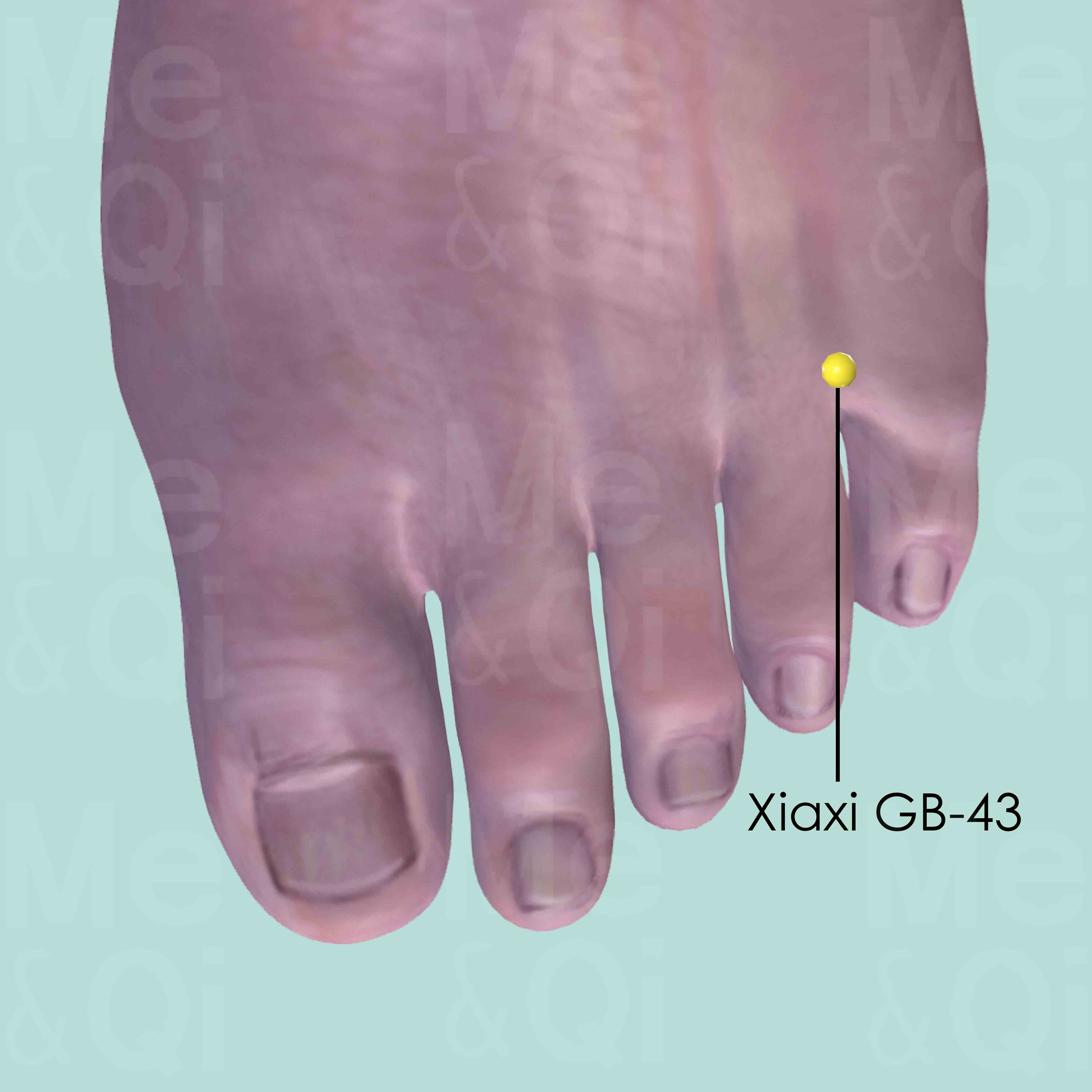Itchy Earsaccording to TCM
Symptom families: Eczema, Dermatitis and Itchy Conditions of the Skin, Ear Disorders and Symptoms
Did you mean? Ear Eczema
What is Itchy Ears?
Itchy ears, a common and sometimes irritating condition, can range from a mild tickling sensation to a more intense itching that demands immediate attention. Medically referred to as ear pruritus, this symptom involves irritation and itching of the ear canal.
It is not a disease in itself but rather a symptom that can be caused by various factors, including allergies, skin conditions, or infections. The sensation can be localized to the ear canal or extend to include the external ear and surrounding areas.
How does TCM View Itchy Ears?
Traditional Chinese Medicine (TCM) offers a unique perspective on itchy ears, viewing them as a sign of imbalance within the body. TCM does not just treat the symptom; it looks deeper into the underlying causes and how they relate to the body’s energy, or Qi.
According to TCM, itchy ears may arise from imbalances or blockages in the body’s meridians, and the treatment focuses on restoring harmony and flow in these energy pathways. The approach in TCM is holistic, considering the entire state of the patient's health and well-being.
Root Causes of Itchy Ears in TCM
In TCM, itchy ears are often linked to patterns like Wind-Phlegm. This pattern is characterized by symptoms such as dizziness, a feeling of oppression in the chest, and, notably, itchy ears. This condition arises from the disturbance of Wind and accumulation of Phlegm in the body, leading to blockages and imbalances.
Treatment in TCM involves addressing these root causes and restoring equilibrium to the body's internal systems. Understanding these patterns is crucial for effective TCM treatment, as it guides the choice of herbs and acupoints.
Explore below more details about what might cause Itchy ears according to TCM.
- By Syndrome
- Phlegm
- Wind
Phlegm
In TCM "Phlegm" as a pattern of disharmony is a complex concept that extends beyond the physical manifestation of mucus. It represents a pathological factor that can disrupt the flow of Qi (vital energy) and blood, leading to various health issues. Phlegm in TCM is seen as a sticky, turbid substance arising from the body's inability to metabolize fluids properly, often due to a dysfunction of the spleen. It's not only associated with respiratory problems like cough and congestion but also with systemic issues. Symptoms can include a feeling of heaviness, mental cloudiness, dizziness, and in some cases, the formation of lumps or masses. Phlegm can even be "invisible," contributing to emotional disturbances like depression or stress. ... see more
Phlegm Patterns That Can Lead to Itchy Ears
| Pattern Name | Relevant Symptoms | Relevant Formulas |
|---|---|---|
| Wind-Phlegm | Itchy ears, Dizziness, Feeling of oppression of the chest, Aphasia, Coughing and wheezing with copious sputum, Noisy breathing, Limb numbness... see more | Ban Xia Bai Zhu Tian Ma Tang |
Wind
In TCM "Wind" is a concept that represents a pattern of disharmony, often characterized by its sudden and unpredictable nature, much like a gusty wind changing direction without warning. This pattern is associated with symptoms that come and go quickly or move around the body, such as itching, tremors, or even certain types of pain. Wind is considered to be a primary cause of illnesses that have these rapidly changing characteristics. In TCM, external Wind often refers to illnesses that start suddenly, like the common cold, believed to be caused by external pathogenic factors like climatic changes. On the other hand, internal Wind can be linked to internal imbalances and can manifest in conditions like dizziness or spasms. ... see more
Wind Patterns That Can Lead to Itchy Ears
| Pattern Name | Relevant Symptoms | Relevant Formulas |
|---|---|---|
| Wind-Phlegm | Itchy ears, Dizziness, Feeling of oppression of the chest, Aphasia, Coughing and wheezing with copious sputum, Noisy breathing, Limb numbness... see more | Ban Xia Bai Zhu Tian Ma Tang |
TCM Herbal Formulas for Itchy Ears
TCM recommends specific formulas and herbs to address itchy ears, particularly focusing on those that transform Phlegm and extinguish Wind. An example is Ban Xia Bai Zhu Tian Ma Tang, which includes Crow-Dipper Rhizomes (Ban Xia).
This formula is effective in addressing the Wind-Phlegm pattern, helping to reduce symptoms like itchy ears. The properties of Ban Xia, which are warm and transformative, work to clear Phlegm and harmonize the Qi, thus alleviating the discomfort associated with itchy ears.
See more details below about Ban Xia Bai Zhu Tian Ma Tang, a herbal formula used to address itchy ears.
- By Cause
- By Formula Type
- Phlegm
- Wind
- Formulas that transform phlegm and extinguish wind
Top Formula for Phlegm:
Ban Xia Bai Zhu Tian Ma Tang
Suitable for Phlegm patterns that may cause itchy ears, such as Wind-Phlegm
Learn moreTop Formula for Wind:
Ban Xia Bai Zhu Tian Ma Tang
Suitable for Wind patterns that may cause itchy ears, such as Wind-Phlegm
Learn moreFormulas that transform Phlegm and extinguish Wind
These formulas are suitable for some itchy ears-causing patterns like Wind-Phlegm.
One such formula is Ban Xia Bai Zhu Tian Ma Tang, with crow-dipper rhizome as a key herb.
Acupoints for Itchy Ears
TCM also recommends specific acupoints to alleviate itchy ears. Points like Guanchong TB-1, located on the lateral side of the ring finger, are used for their actions in expelling Exterior Wind and benefiting the ears. Similarly, Waiguan TB-5 and Yifeng TB-17 are selected for their effectiveness in addressing ear-related symptoms.
The Gall Bladder Channel points like Tianchong GB-9 and Tinghui GB-2 are used for their actions in subduing Liver Yang and expelling Damp-Heat, which can be associated with ear discomfort. Additionally, points in the Small Intestine and Stomach Channels, such as Tinggong SI-19 and Xiaguan ST-7, are chosen for their effectiveness in benefiting the ears and addressing the root cause of the itchiness. These acupoints are integral to the TCM approach, providing a targeted and holistic treatment for itchy ears.
Explore below some acupoints used to address itchy ears, organized by meridian.
- By Meridian
- Triple Burner Channel
- Gall Bladder Channel
- Small Intestine Channel
- Stomach Channel
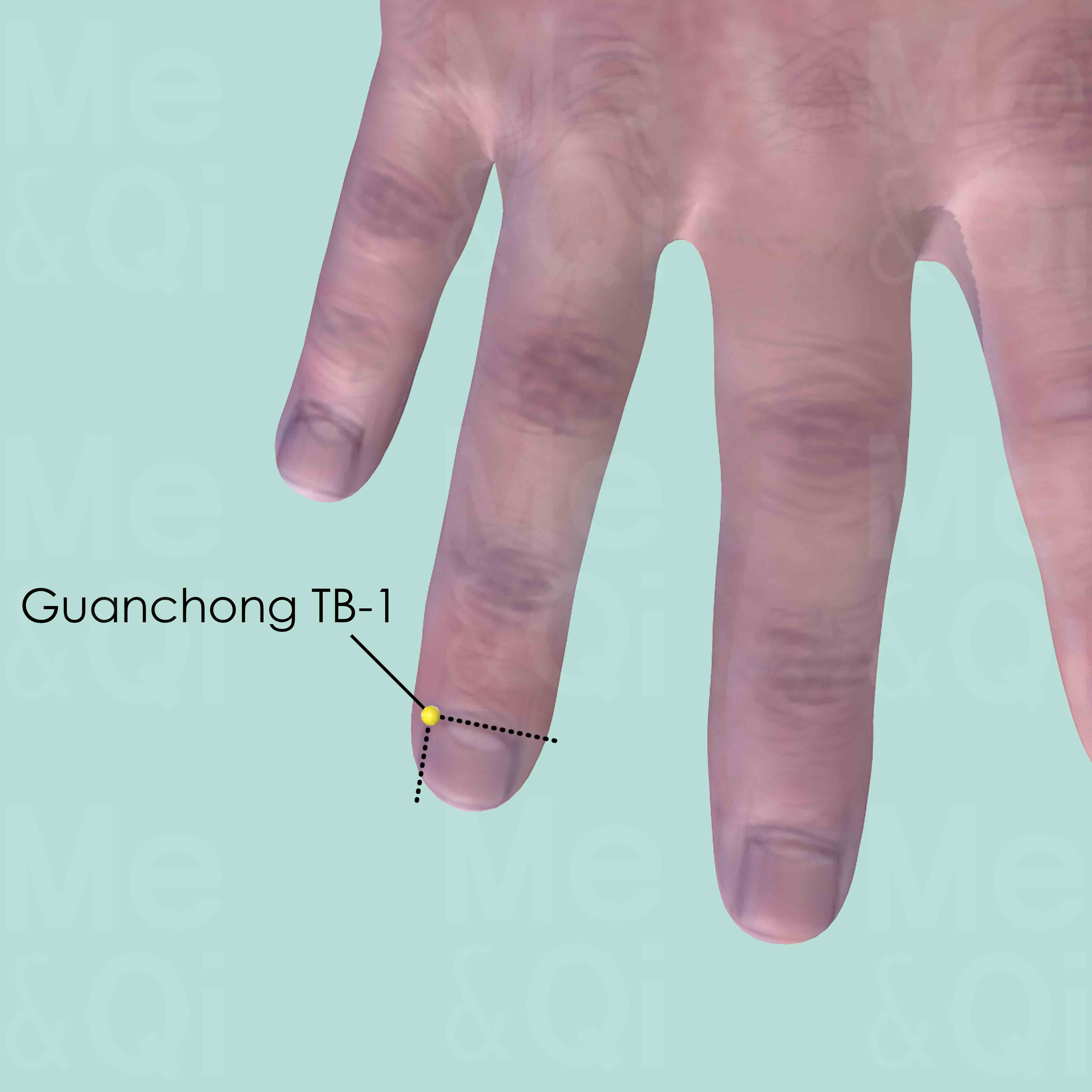
Guanchong TB-1
On the lateral side of the ring finger, about 0.1 cun posterior to the corner of the nail.
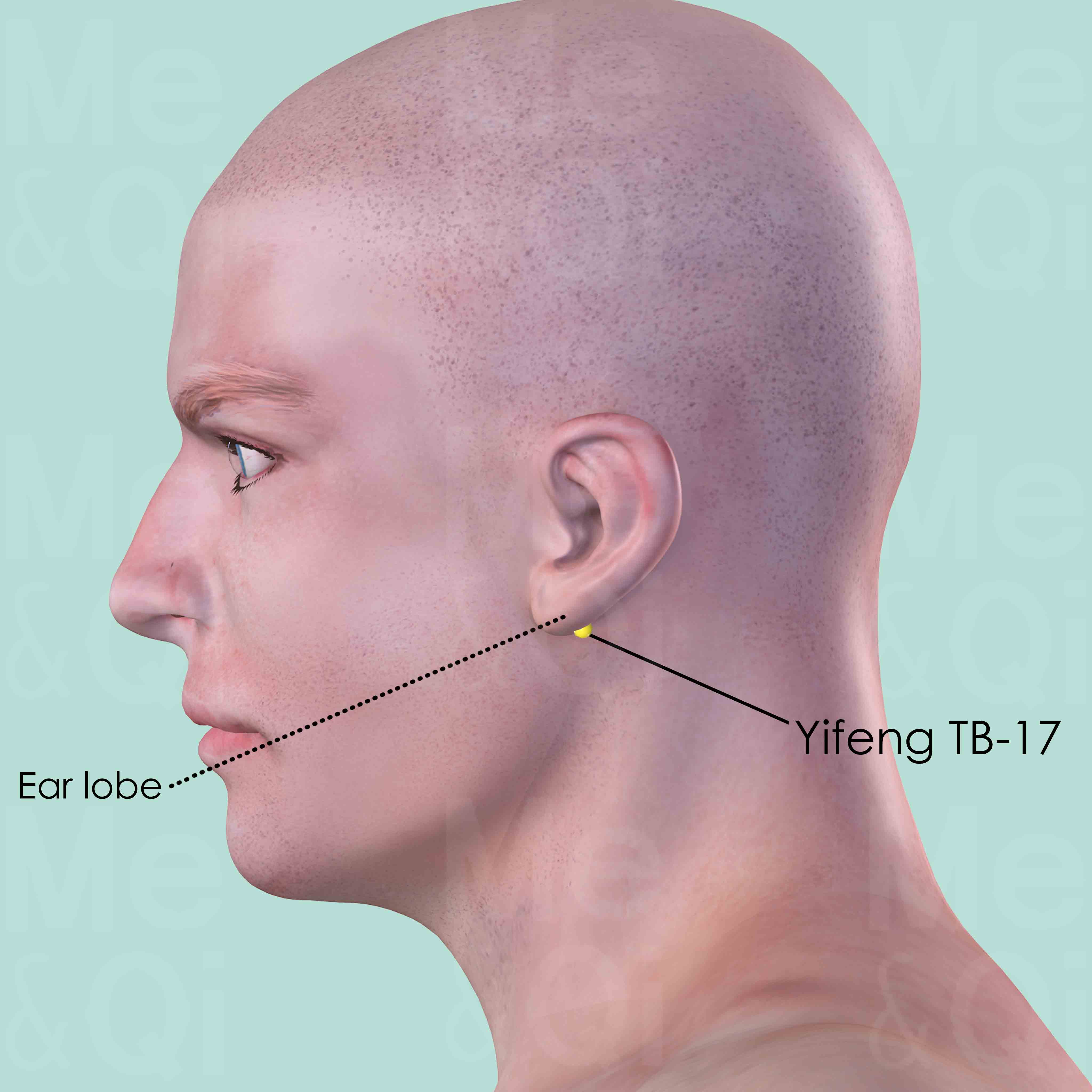
Yifeng TB-17
Posterior to the lobule of the ear, in the depression between the mandible and mastoid process.
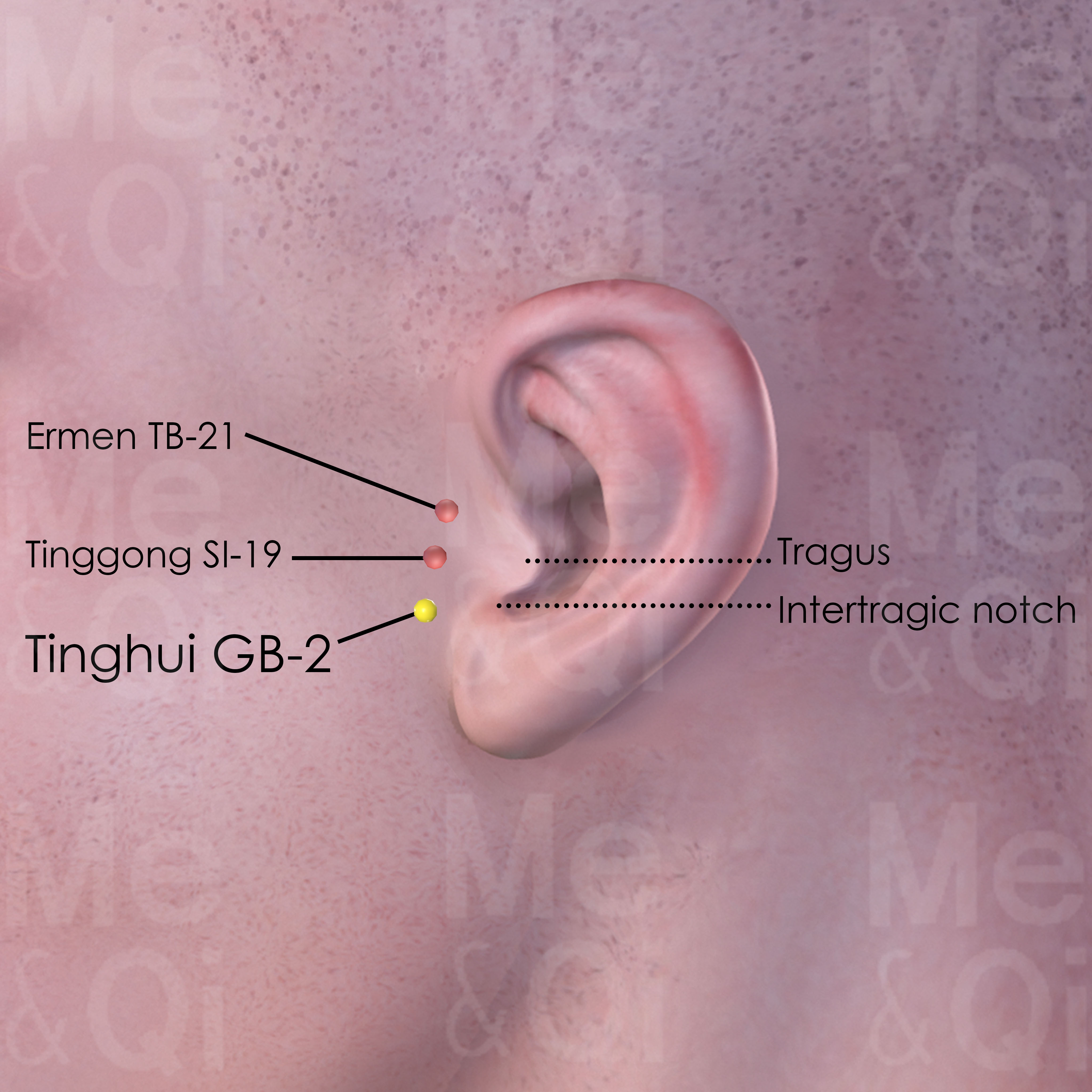
Tinghui GB-2
Anterior to the intertragic notch, directly below Tinggong SI-19, at the posterior border of the condyloid process of the mandible.
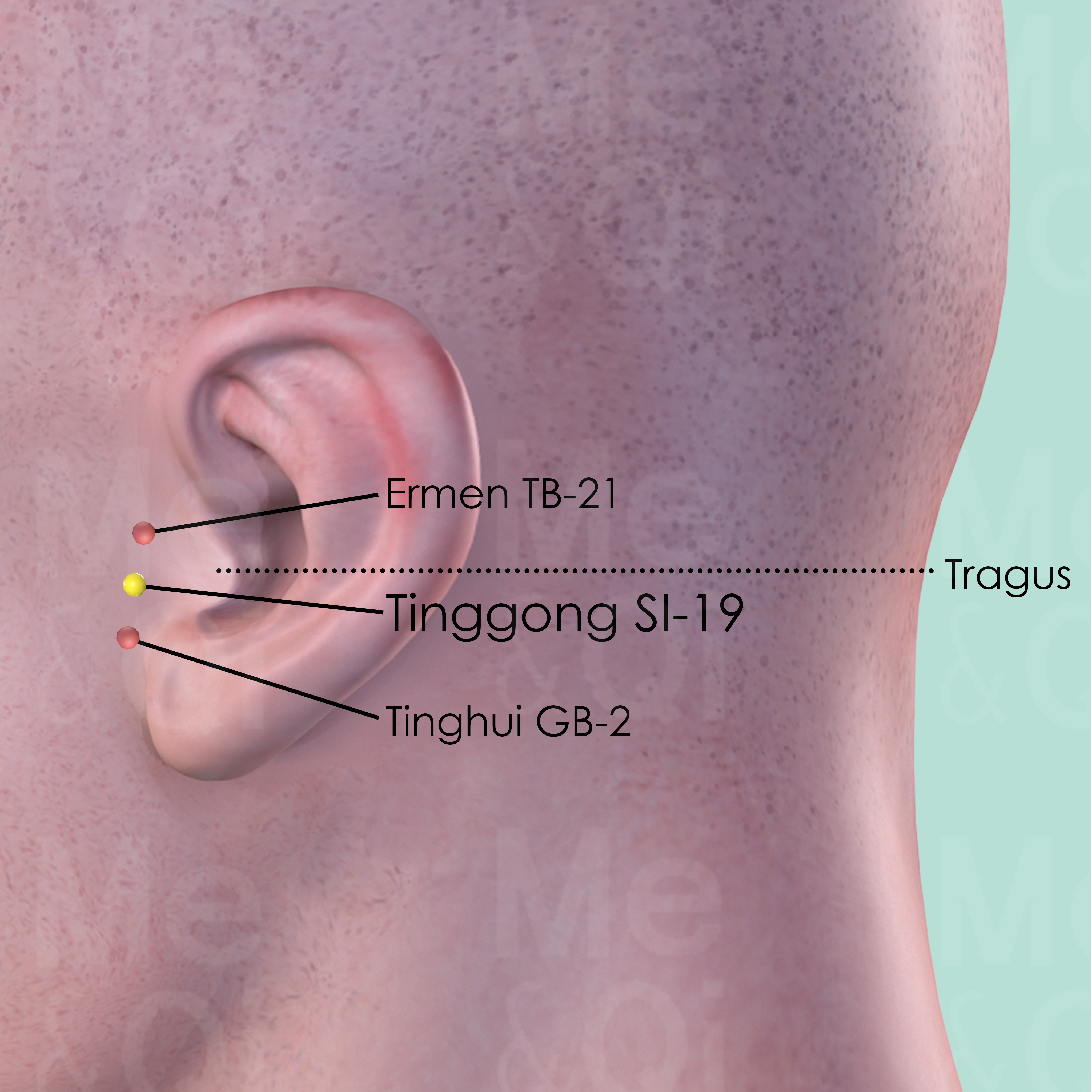
Tinggong SI-19
Between the tragus and the mandibular joint, where a depression is formed when the mouth is slightly open.
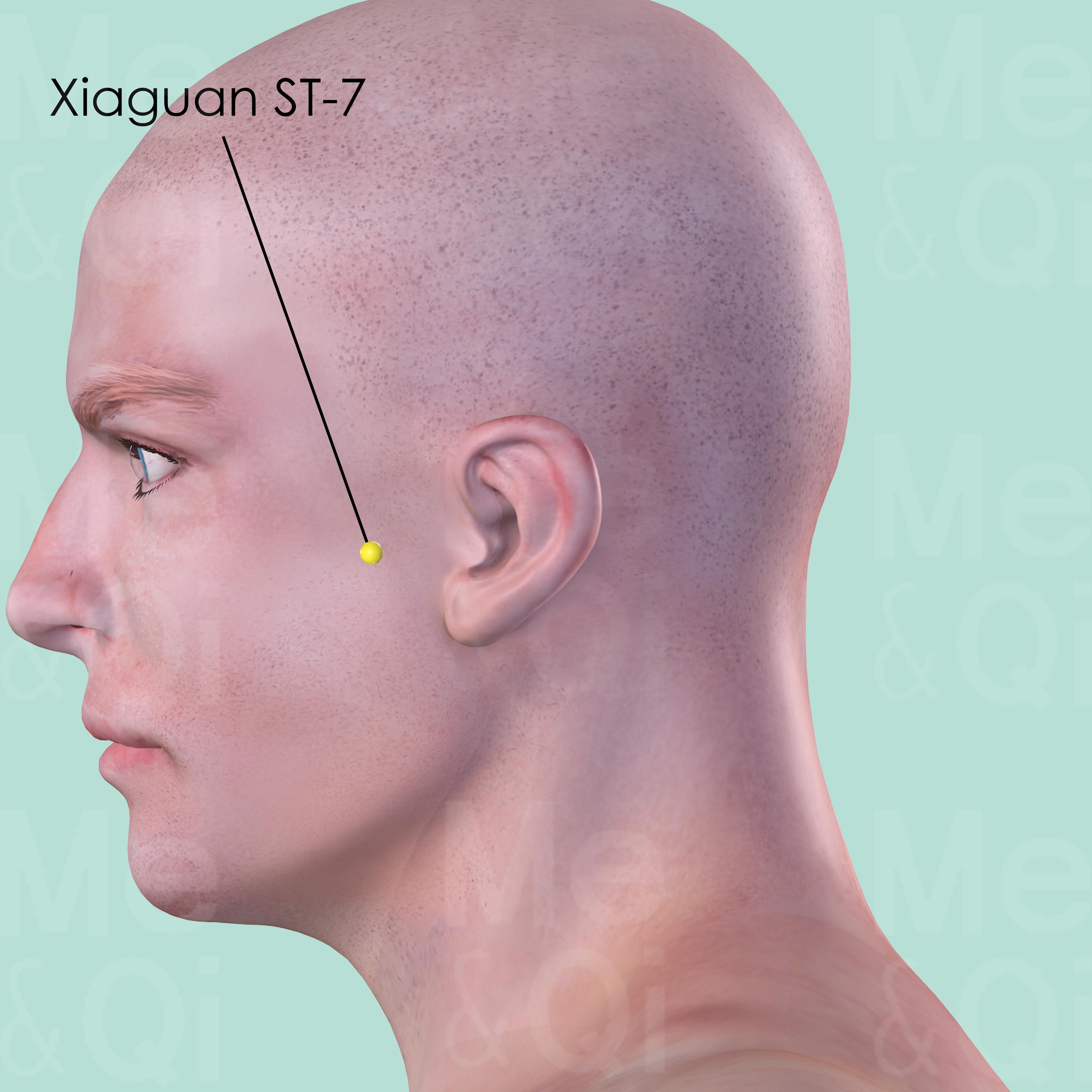
Xiaguan ST-7
In the depression at the lower border of the zygomatic arch, anterior to the condyloid process of the mandible. Xiaguan ST-7 is located when the mouth is closed.

